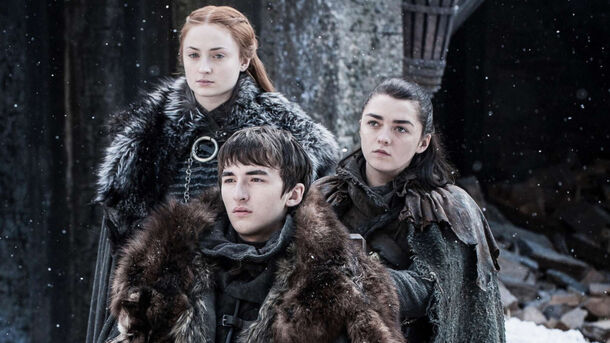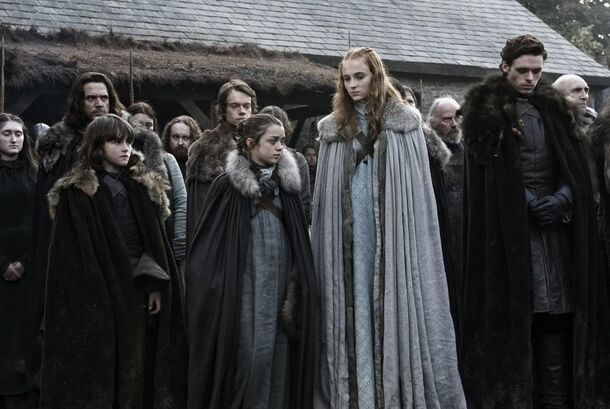The Starks Are the Oldest House in 'Game of Thrones', but After 8,000 Years, They Barely Evolve — Books Offer No Clear Reason Why

Let’s try to understand George R. R. Martin’s reasoning.
Everyone remembers the first scene of Game of Thrones: snow, shadows, corpses, and that chilling line — 'Winter is coming'. It sets the tone immediately. But as you go deeper into the series, especially the books, another question may begins to form: why do the Starks, the oldest noble house, seem stuck in time?
While other houses build cities, forge new alliances, and embrace change, the Starks still wear fur and sit by the fire. No visible progress. No innovation. It’s like the North has pressed pause on evolution.
It turns out there might be a reason — and a very practical one. The North isn’t just cold. It’s brutal. Seasons last for years while winters can be deadly. In a world like that, survival matters more than progress.

George R. R. Martin has said he was inspired by history. Real famines, real climate disasters. The North isn’t fantasy — it’s a survival story. When every year could bring ruin, evolution becomes a luxury.
To me, the Starks don’t look backward, but hold the line. While others chase power or politics, the Starks guard the edge of the world. Not progress-makers — but honorable guardians.
Maybe that’s their strength — not shaping the future, but getting through it. Not with tools, but with memory, loyalty, and grit. That, I think, is why they’re still standing.
